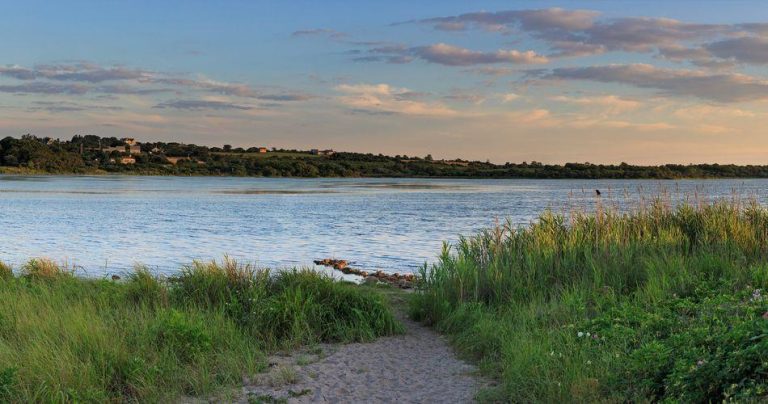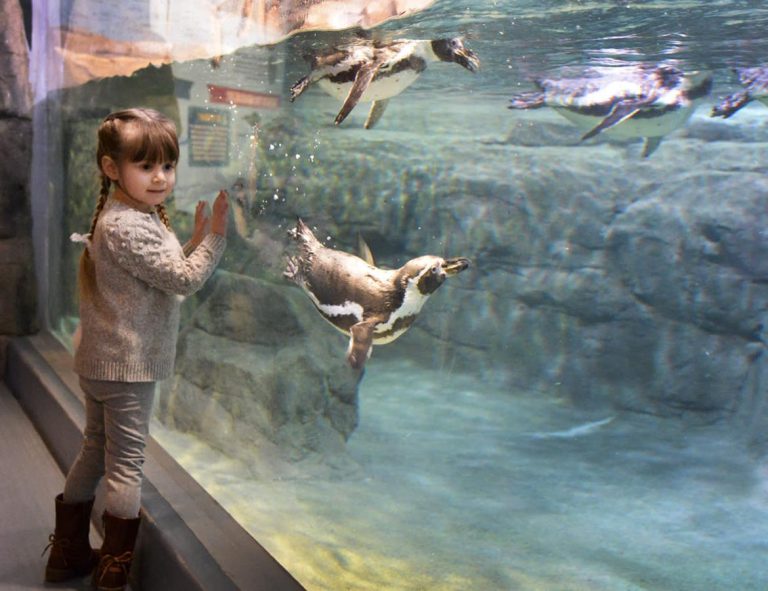The refuge offers students a unique opportunity to explore coastal ecosystems and observe a wide variety of wildlife in a protected natural environment. The refuge, known for its rich biodiversity and scenic beauty, is home to various bird species, amphibians, and coastal plants. It is an ideal location for students to learn about ecology, wildlife conservation, and the importance of preserving natural habitats.
Teachers planning a field trip can expect their students to explore the pond, surrounding wetlands, and coastal areas. There, they will observe native wildlife, including migratory birds, frogs, and fish. Guided nature walks and wildlife observation activities will help students understand the ecological relationships between species and the critical role wetlands play in coastal ecosystems.
Educational programs align with biology, environmental science, and ecology curriculum standards. Students will engage in hands-on activities such as birdwatching, plant identification, and water quality monitoring, learning how scientists and conservationists study and protect ecosystems. Programs emphasize the importance of maintaining healthy coastal environments and understanding the effects of climate change on wildlife and habitats.
Teachers are provided with educational resources like pre-visit guides, lesson plans, and post-visit activities to help integrate the field trip into classroom learning. Programs can be adapted for different grade levels, allowing flexibility in learning goals.





